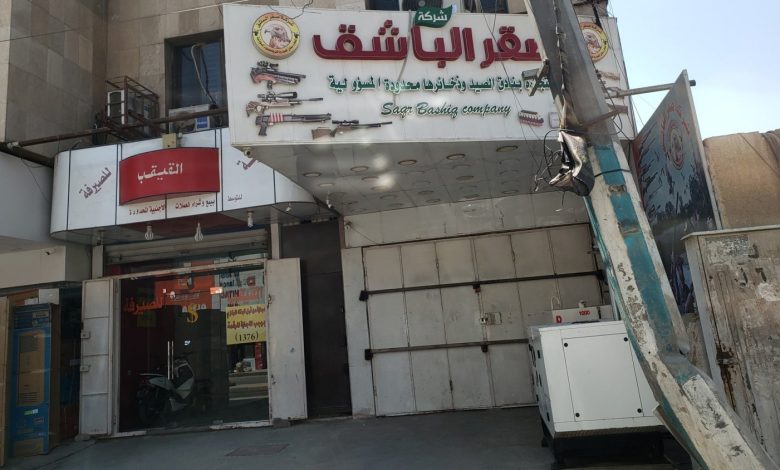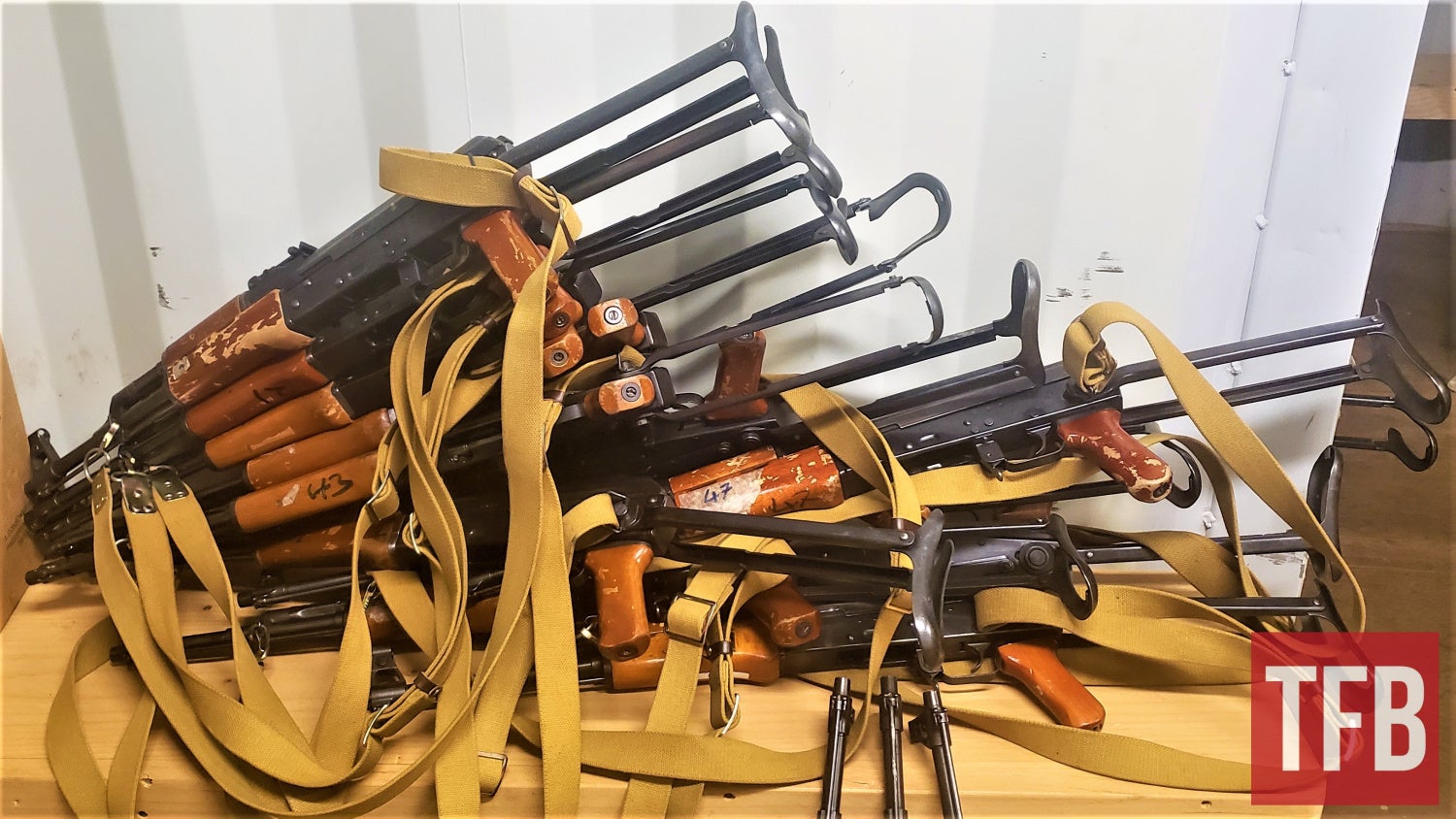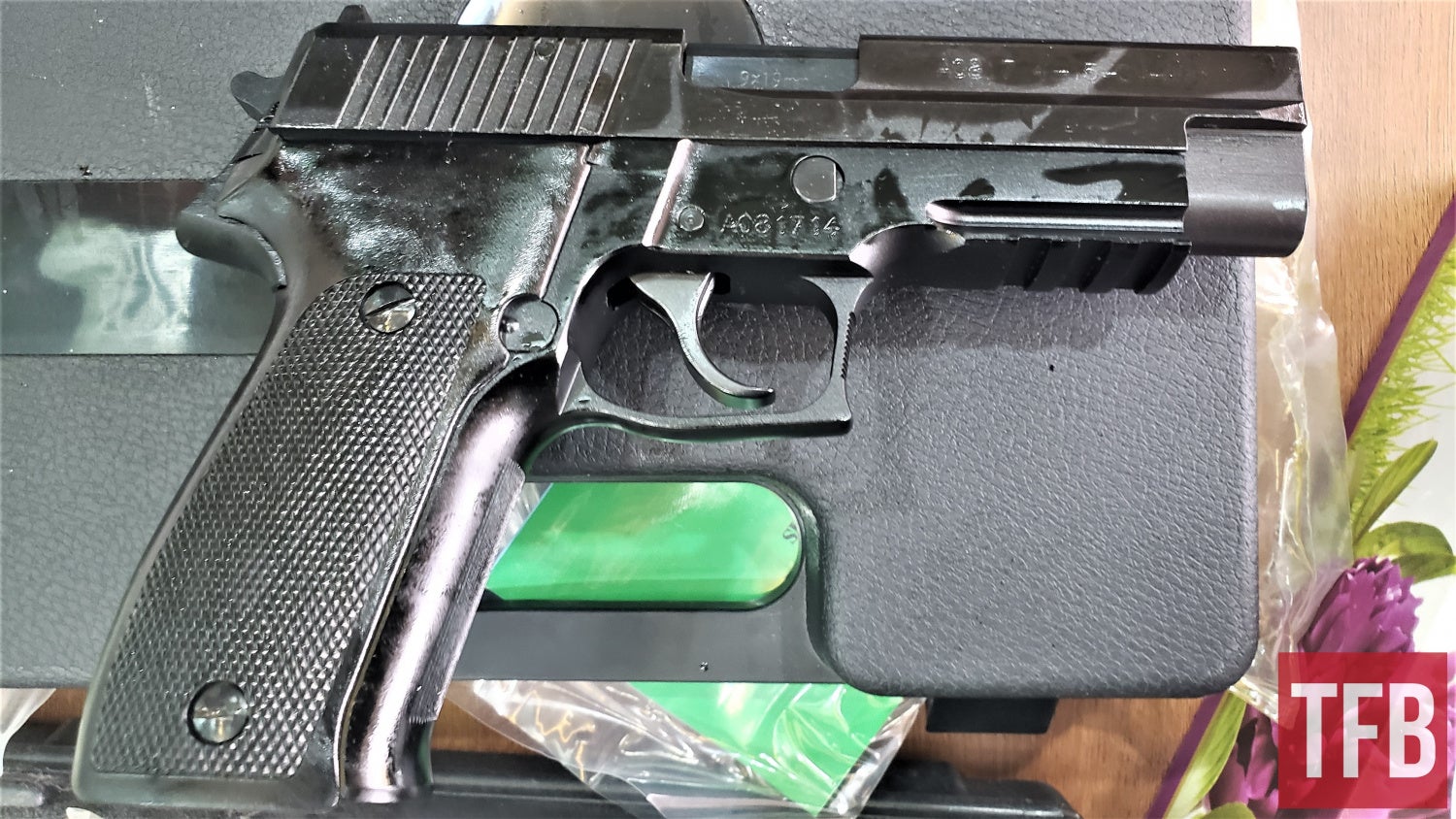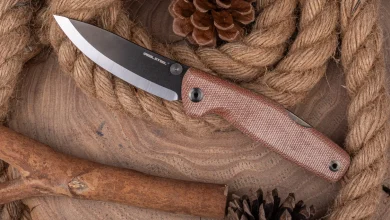China is Making Iraq Military Industry Great Again

In the early 80s, Iraq Military Industry was quite impressive for a Middle Eastern country. With the help of Yugoslavia, the country produced several different AK-pattern rifles, light machine guns, and various sniper rifles.
Iraq also produced a pistol called “Tariq” with two versions, a 9 mm that was based on the Beretta 951 and a 7.65 mm version that was essentially a copy of the Beretta 70. My fellow TFB writer Miles made a great video about those pistols for TFB TV.
Firearms manufacturing in Iraq continued all the way through the long and exhausting Iran-Iraq war, operation “Desert Storm”, the embargo, and the crippling sanctions. The quality was getting worse, but the factories kept on working until the 2003 invasion.
Gold-plated Tariq pistol author photographed in Erbil
For a while, Iraq was solely relying on imports when it came to small arms. When I was there, I’d never seen any newly manufactured guns that were made in Iraq. Exactly three years ago I even went on a research trip to see what is going on with Iraq’s small arms industry.
You can read about this trip here on TFB (Part 1, Part 2), but to save you some time, here is the summary: I’ve seen tons of cool stuff, but no firearms production. But in the last three years, the world has changed. Much that once was, is lost, for none now live who remember it.
And while the Tabuk rifle and Tariq pistol production facilities are in ruin, there is a new power that managed to replace Yugoslavian and Italian technology.
Recently, an Instagram channel called thedixiemauser published a video from a press tour at an Iraq Military Industry factory. The plant produces various different weapons, all of which can be traced back to China.
The video opens with executives in suits shooting a compact SMG. This design might be unfamiliar to most readers, but I talked about it last year in my article IDEX 2023: The Modern Small Arms of China.

QCQ-171 submachinegun, also known as CS/LS7 (left side)
This SMG is called QCQ-171, it is also known as CS/LS7. There are no significant differences between the Chinese and Iraqi versions, so it is safe to assume that the factory assembles it from parts manufactured in China.
The next rifle we see in the video is an AR-15 derivative. But it is also a Chinese rifle, the most common designation I heard is CQ-A. I’ve seen plenty of those in Pakistan and they’re quite popular in countries that allow weapon export from China.
Next, we see AKs, plenty of AKs with folding stocks, identical to the ones I wrote in my article dedicated to the history of Chinese AKs. Even the color of the wood on the handguard matches.

Type-56-2 AKs that look identical to rifles made at the Iraq Military Industry factory
It is a modern production Type-56-2. In the video, we see that the workers show the executives some stages of the manufacturing process, and it is relatively advanced. They are not just assembling parts, but actually building guns, installing barrels into the trunnion, applying finish, and populating barrels.
While it might not impress some US gunsmiths, it actually goes beyond a lot of factories that have ‘license production of XYZ” and in reality just assemble firearms from 5 or 6 assembly units
Next, we see a pistol that resembles SIG P226. It is, you guessed it, a Chinese pistol called NP 22. I wrote about it in my article about Pakistan, where it is extremely popular due to reasonable pricing.

Chinese SIG P 226 called NP22, photographed by the author in Pakistan
If we look at the website of the Iraq Defense Industries Commission we can find another interesting weapon – a pistol called Babel. It looks quite unusual, unless, of course, you’re familiar with CF98, a Chinese service pistol.
For Iraq, the gun was modified – instead of a communist star on the grip, there is some writing in Arabic, which, sadly, I cannot translate. And apparently, Iraqi lawyers developed a taste for Chinese handguns.
The General Military Industries Company, one of the Defence Industries Commission formations, confirmed its approval to supply lawyers with a Babylon 9mm pistol, at the request of the Bar Association. The company agreed to provide lawyers with a 9mm Babylon pistol, at a price of one million and 250 thousand dinars per pistol.

Chinese CF98, photographed by the author in Pakistan
1,250,000 Iraqi dinars is around $950, which seems like a lot. Unless you know that in Iraq, a Glock 19 retails for $4000-5000 (at least that was the price when I was there). Since Babil is about 5 times cheaper, it will certainly have plenty of potential customers in the local market.
Iraq also produces a compact version of the same pistol, unfortunately, it is not clear whether it has a different designation.
The proliferation of Chinese weapons and defense industry companies is just one of many consequences of the war in Iraq. Perhaps, unintended and unexpected consequences, but there we are,






